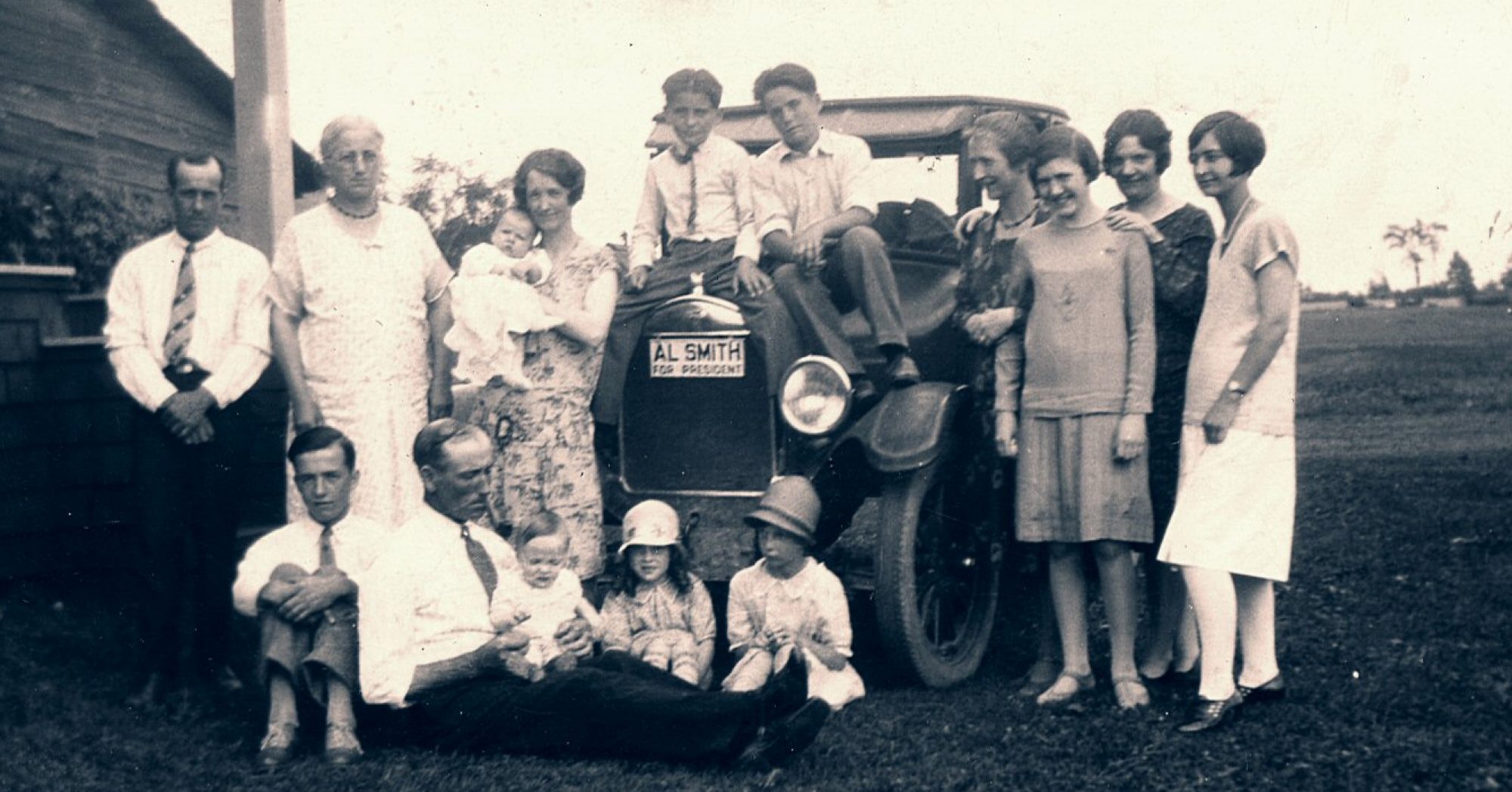One Horse
One Milch Cow (yes that’s the correct spelling)
Eleven Sheep
Three Pigs
That’s it. That’s all the livestock the Bradshaws of Chateaugay, NY owned in 1870.
The 1870 Federal census includes a “Non-Population Schedule” that describes the property, crops and animal products sold by farmers. It’s a fascinating read… Well actually it’s fascinating if you are an engineer and a bit of a nerd, who likes to stare at spreadsheets full of data (guilty). But before you give up on this post and go back to Facebook or Twitter, or Netflix…
Almost everything about these people is a mystery. All that we have are a few stories, a couple of photographs, and some headstones at Saint Patrick’s Cemetery in Chateaugay, NY. Any concrete piece of data, even mundane enumerations of livestock and crop production is worth wringing for any conclusion we can draw. We don’t know how my great-grandparents met, or whether my great-grandmother Johanna retained an Irish brogue. But we do know that in 1870, they had 50 acres of land, 1 horse, 1 milk cow, 11 sheep, and 3 pigs. They produced 40 bushels of wheat, 75 bushels of oats, 20 pounds of wool, 100 bushels of potatoes, 300 pounds of butter, and 6 tons of hay.
So what does that mean?
First of all they were probably living a fairly meagre existence, even by the standards of the day, if they only had 1 horse, and 1 milk cow. Also, their potato crop was a mere 100 bushels. By comparison, next-door neighbors, and perennial friends of the Bradshaws, the Dwyer family had 3 horses and 9 cows and produced 500 bushels of potatoes. Maybe that was enough for a small family. At the time there were only four adults and 1 small child living on the farm. But still, it sure seems like they were one horse and one cow away from disaster.
Unlike their 20th century descendants, they weren’t dairy farmers. Based on the entries for other farms in the area,there was probably no such thing as a dairy farm, i.e. a farm that made its income solely on what came out of a cow’s udder. Granted, some people sold a lot of butter, but they also sold oats, wheat, corn, and potatoes (lots of potatoes – James Dwyer produced 500 bushels that year).
Wool production seemed common in the 19th century. In the second half of the twentieth century, when I lived there, sheep were a novelty in Chateaugay, and I suspect most of Franklin County. I came across a set of sheep shears when I was a kid, and had no idea what they were for, until my dad told me. I’m curious about when that changed.
So that’s all I’ve got for now. A few meagre observations on some dry facts, but it seems like that’s how it works. You dredge up some facts here, and some third hand family stories there, and hope that a story emerges.
So what I missing? Are there any other revelations or observations that I failed to notice?
As always, comments are most welcome.
